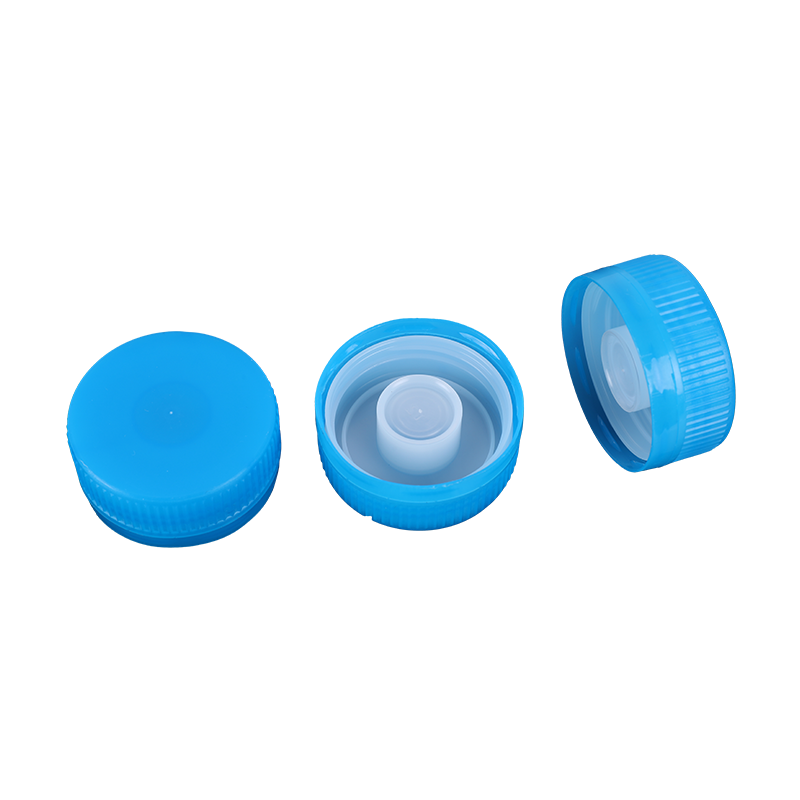(1) Measurement: in order to form a certain size of plastic parts, a certain amount of granular plastic must be used, which requires measurement.
(2) Plasticization: in order to fill the mold cavity with plastic, it is necessary to make it melt and flow into the mold cavity.
(3) Injection mold filling: in order to fill the mold cavity with molten plastic, it is necessary to apply injection pressure to the molten plastic and inject it into the mold cavity.
(4) Pressure maintaining and densification (precooling): after the molten plastic is filled into the mold cavity, the materials needed for the cooling shrinkage of the products are added to the mold cavity.
(5) Product cooling: after pressure maintaining, the product will enter the stage of formal cooling and finalization immediately.
(6) Mold opening: after the product is cooled and finalized, the mold closing device of the injection machine drives the dynamic part of the mold to separate from the fixed part, that is, mold opening.
(7) Ejector: the ejector mechanism of the injection machine ejects the plastic part.
(8) Take out parts: take out plastic parts and cold suspect materials of winding injection system by manpower or manipulator.
(9) Mold closing: close and lock the mold through the mold closing device of the injection machine (after the safety door is closed)
(10) Injection seat forward and backward: in the process of injection molding, sometimes the injection seat needs to move forward or backward. If the injection base is always in contact with the mold nozzle in the whole working cycle, it is called the fixed feeding method; if the plastic feeding measurement is completed before the injection base retreats, it is called the front feeding method; if the plastic feeding measurement is conducted after the injection base retreats, it is called the rear feeding method.
